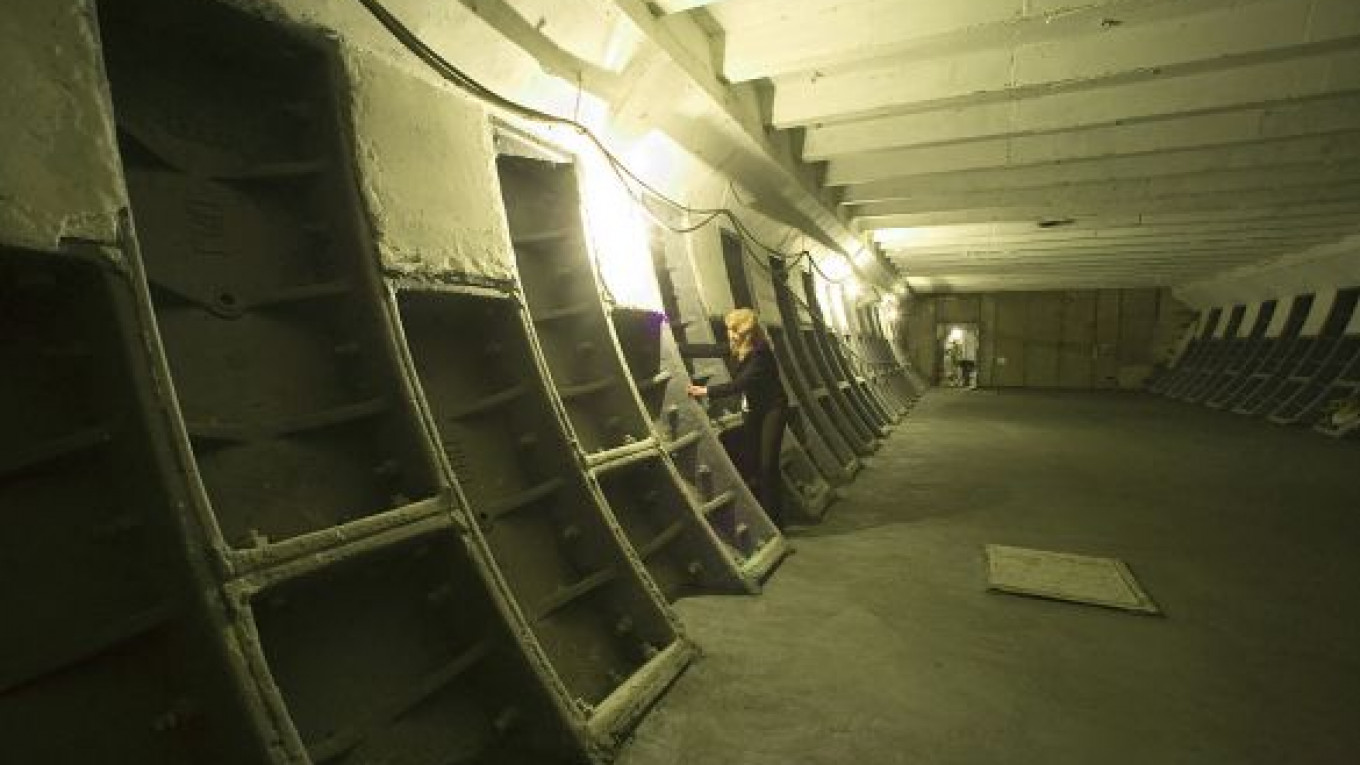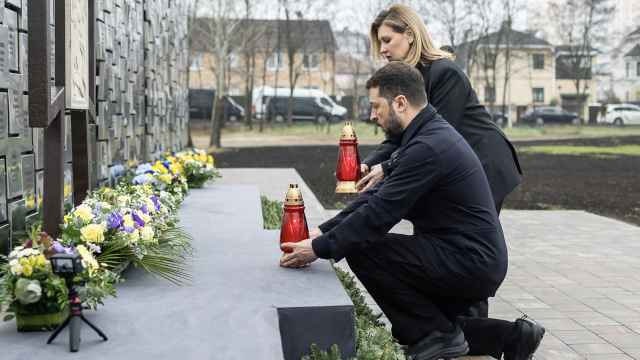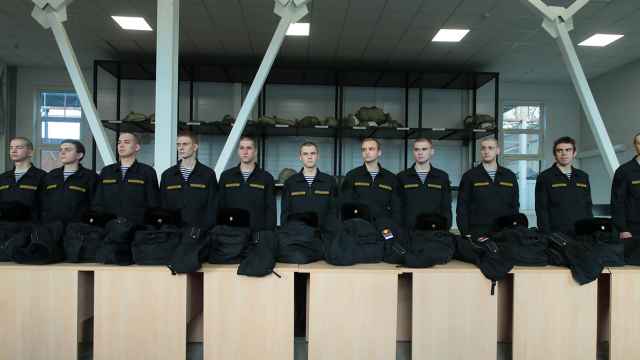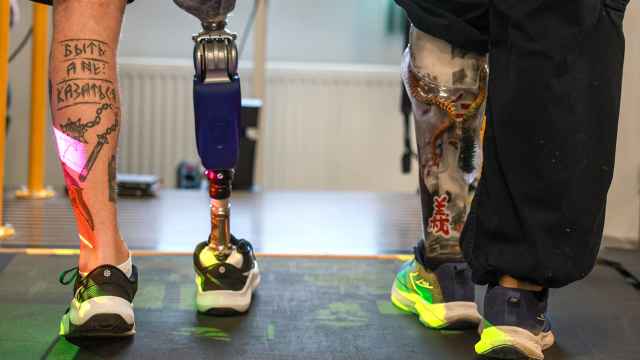Terrorism can be good for bunker builders. An apocalypse can be even better for business.
Danila Andreyev started building "panic rooms" three years ago, when fears of terrorist attacks and commercial disputes turning violent created demand in Russia. Now he's selling "survival bunkers" for as much as $400,000 each to capitalize on angst over theories the world will end next year.
"I myself am not a believer in doomsday scenarios," Andreyev, 31, whose Spetsgeoproekt company is completing 15 bunkers at hidden locations across Russia, said at his office in central Moscow. "But when you start hearing clients talking about the end of the world, it gets you thinking."
While Russia has been a target for terrorists, with 37 people dying in a blast at Moscow's Domodedovo Airport in January, more people are looking to protect themselves from what Andreyev calls a "global cataclysm" in 2012 based on predictions such as interpretations of the ancient Mayan calendar.
Northwest Shelter Systems, a company based in Sandpoint, Idaho, that specializes in nuclear bomb shelters, has seen the number of inquiries from potential customers rise as much as 60 percent since the March tsunami and earthquake in Japan, vice president Allen Thompson said by e-mail.
The Vivos Group, a California-based bunker builder with a web site that features a meteor striking Earth, said requests for a shelter in one of its facilities jumped by 10 times since the disaster, which left about 25,000 people dead or missing.
"Hundreds of applications" come from Russia and other former Soviet states, Vivos founder Robert Vicino said by e-mail. The nearest Vivos shelter is at an unidentified location in Central Europe, he said. It costs about $25,000 per person.
"Every person has a different belief or sense of what may be ahead for all of us," Vicino said. "Vivos is not about 2012, but having a life assurance solution for our families for whenever disaster strikes."
Vivos is building facilities in the United States and elsewhere. It said in January it was considering buying a two-story bunker constructed for the British government in 1990 in rural Scotland.
Spetsgeoproekt, which stands for Special Geological Projects, plans to open a showroom in the affluent Moscow neighborhood of Rublyovka this year and is expanding into Russia's regions, Andreyev said.
The company's bunkers range from 35 to 90 square meters. Maintaining the unit, including the air system, runs about $2,500 a year, he said.
Altai, the mountainous southern Siberian region that borders China, Mongolia and Kazakhstan, is of particular interest because it's believed to be "flood proof," Andreyev said. Spetsgeoproekt started building an 80-square-meter, $350,000 bunker in Altai.
"They all say the same thing: Next year there'll be a polar shift or something and most of Russia will be flooded except for Altai and a few other regions," Andreyev said.
Alexei, 35, one of Andreyev's clients, said distress over the coming apocalypse prompted him in February to order the construction of a $150,000 bunker big enough to shelter eight people outside Moscow. He declined to give his full name to keep it secret that he ordered a bunker.
Something catastrophic will certainly happen next year, Alexei said in a telephone interview.
"It all points to some shakeup on Dec. 21, 2012," Alexei said, citing his interpretations of the doomsday predictions of 16th-century French apothecary Nostradamus, the blind Bulgarian mystic Baba Vanga and the Mayan calendar.
Andreyev said his bunkers are based on Soviet military designs from the 1970s and modified with modern technologies. The walls resemble those used in nuclear power stations and the air systems are akin to those used in spaceships and submarines. The doors are similar to those in Swiss bank vaults, he said.
Russia has a history of bunker building, particularly during the Cold War amid fears of a nuclear attack.
Several previously secret facilities in and around Moscow opened to the public since the collapse of the Soviet Union in 1991, including a 7,000-square-meter compound 60 meters below Taganskaya Ploshchad in central Moscow that's been turned into a Cold War museum. It can be rented for parties and weddings.
It may be a sign of the times that Yevgeny Ubiyko, a former Red Army engineer who served in what was once Czechoslovakia, feels the need to start producing floating bunkers. Ubiyko, 45, built his own 32-square-meter "mobile safe" that he now advertises on his web site, offering to replicate it for anyone willing to pay at least $80,000. He has four orders so far.
"With seismic activity increasing and abnormal weather events becoming more frequent, it's clear the trend is such that soon the recent earthquake and tsunami in Japan will seem like a minor event," Ubiyko said by telephone. "People are starting to think about shelters, like Noah and his ark."
A Message from The Moscow Times:
Dear readers,
We are facing unprecedented challenges. Russia's Prosecutor General's Office has designated The Moscow Times as an "undesirable" organization, criminalizing our work and putting our staff at risk of prosecution. This follows our earlier unjust labeling as a "foreign agent."
These actions are direct attempts to silence independent journalism in Russia. The authorities claim our work "discredits the decisions of the Russian leadership." We see things differently: we strive to provide accurate, unbiased reporting on Russia.
We, the journalists of The Moscow Times, refuse to be silenced. But to continue our work, we need your help.
Your support, no matter how small, makes a world of difference. If you can, please support us monthly starting from just $2. It's quick to set up, and every contribution makes a significant impact.
By supporting The Moscow Times, you're defending open, independent journalism in the face of repression. Thank you for standing with us.
Remind me later.






